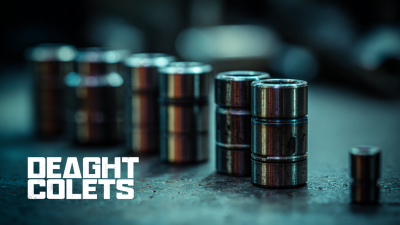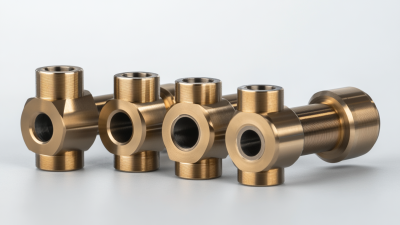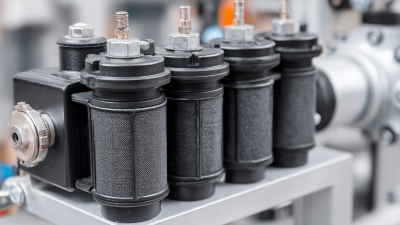
- sales@bjbod.com
- Mon - Sat at 7:00AM to 9:00PM

In precision machining applications, selecting the appropriate tooling is critical for achieving optimal performance and efficiency. Among various tooling solutions, Dead Length Collets have gained prominence due to their ability to provide consistent and repeatable workpiece holding. These specialized collets maintain precise part location without protruding beyond the collet face, making them ideal for high-accuracy machining tasks. This article delves into essential factors to consider when choosing the right Dead Length Collets for your specific applications. By understanding the nuances of collet types, sizes, and compatibility with your machinery, you can enhance your machining processes and ensure superior component quality. Discover the key aspects that will guide your decision-making and help you harness the full potential of Dead Length Collets in your precision machining endeavors.
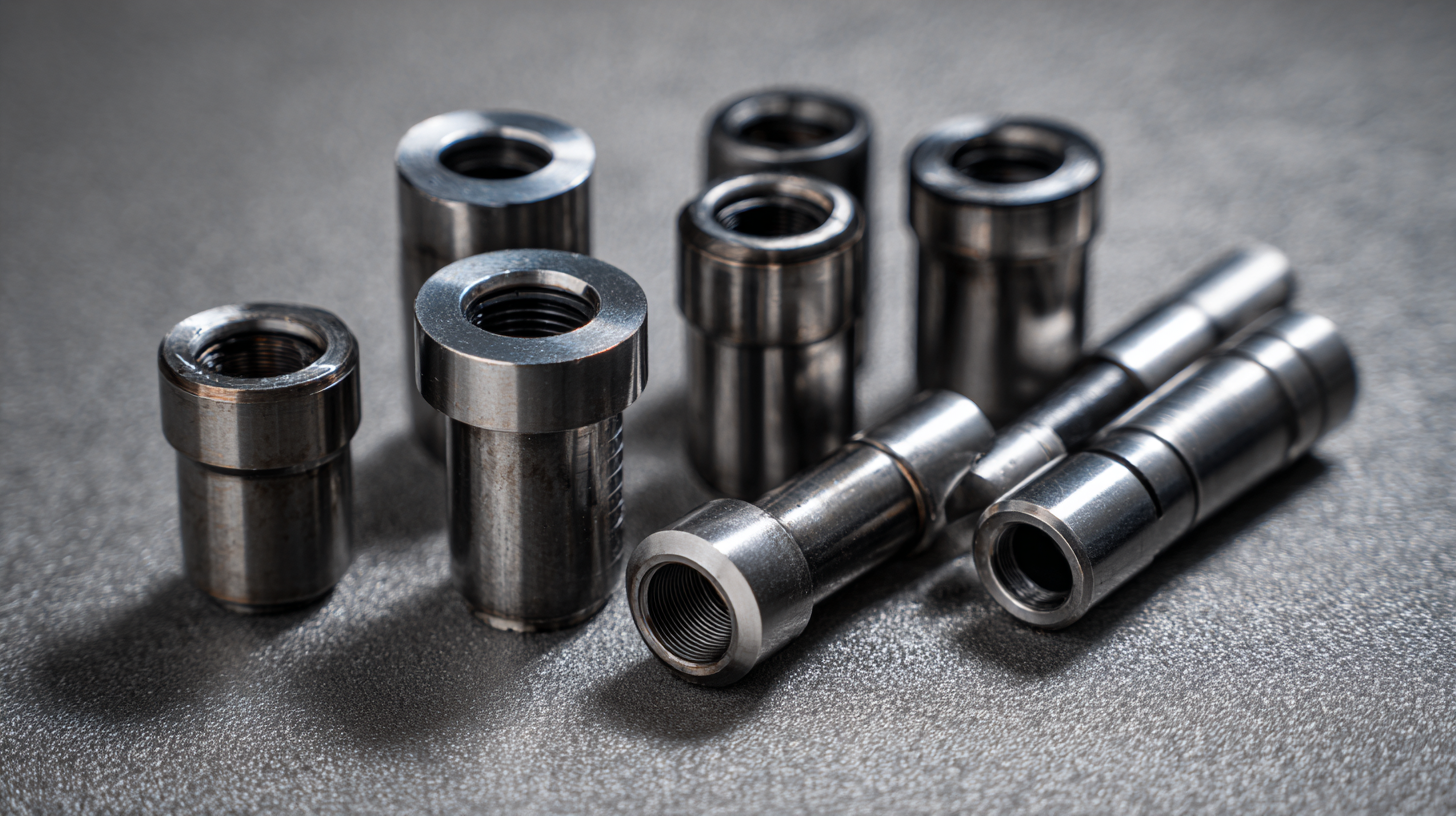
Dead length collets play a crucial role in precision machining applications by providing a reliable method for holding workpieces. Their design ensures that there is no variation in length when the collet is tightened, which is essential for achieving accurate and consistent results. This is particularly important in micro-precision machining, where even the smallest discrepancies can lead to significant performance issues. The ability to maintain concentricity and grip on the workpiece directly impacts the quality of the completed product, making the right choice of dead length collets a vital consideration.
Tips for choosing the right dead length collets include considering the material of the collet and the specific requirements of your machining operation. Ensure that the collet material is compatible with the workpiece to prevent damage and achieve the best results. Additionally, count on innovative designs that provide secure grip without compromising precision. For example, recent advancements in collet technology emphasize the importance of applying clamping force exactly where needed, allowing for more effective gripping of micro-parts.
When selecting dead length collets, also pay attention to the compatibility with your machinery. Many modern machining systems utilize specialized collets that can enhance efficiency and throughput. By aligning your choice of collets with your machining capabilities, you can optimize performance and produce parts that meet the highest standards of quality and precision.
| Collet Type | Max Diameter (mm) | Dead Length (mm) | Material | Application |
|---|---|---|---|---|
| Standard Dead Length Collet | 20 | 50 | Steel | General machining |
| Precision Dead Length Collet | 15 | 40 | Tool Steel | High-precision applications |
| Heavy Duty Dead Length Collet | 25 | 60 | Alloy Steel | Heavy machining |
| Short Dead Length Collet | 10 | 30 | Stainless Steel | Tight spaces, compact designs |
| Mini Dead Length Collet | 5 | 20 | Brass | Micro machining |
When selecting dead length collets for precision machining applications, several key factors must be taken into account to ensure optimal performance. Firstly, it is essential to consider the material and size of the workpiece. Different materials demand distinct gripping mechanisms, and collets need to accommodate various diameters securely. A good understanding of the machining tolerance and the specific requirements of the job will help in choosing collets that provide the necessary precision and rigidity.
Another critical aspect to evaluate is the collet design and its compatibility with the machine tool. Look for features such as the collet's clamping range, gripping capacity, and ease of loading and unloading. Moreover, the collet's construction material should be durable enough to withstand wear and tear while maintaining accuracy over time. Finally, consider the industry's standard practices for collet usage, as this may influence the choice in terms of reliability and performance in demanding machining environments.
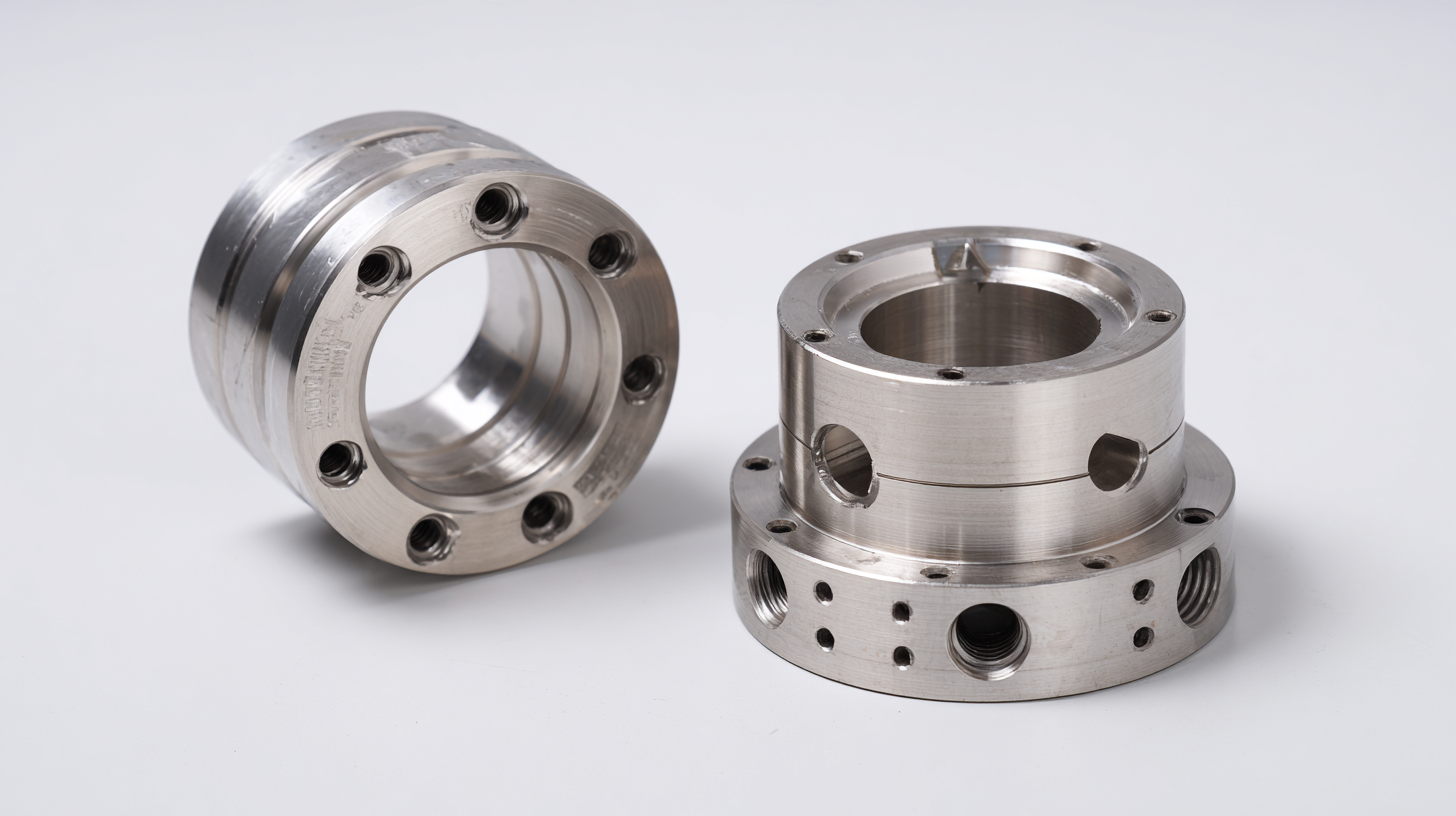
When selecting the right dead length collets for precision machining applications, understanding the differences between various types is crucial.
Dead length collets are designed to maintain consistent workpiece length without the need for additional setup time, making them ideal for high-volume production runs. There are typically two main types: push-to-close and pull-to-close collets. Push-to-close collets allow for quicker tool changes and better accessibility, whereas pull-to-close options provide enhanced grip and stability for heavier workpieces.
Recent reports indicate that the precision machining industry is increasingly adopting advanced technologies, such as laser machining. For instance, new platforms have demonstrated up to 40% higher throughput compared to traditional systems, signaling a shift towards efficiency and precision. In industries where high tolerances are a necessity, utilizing the correct collet type can minimize runout and enhance overall machining accuracy. As companies strive for excellence in performance and output, choosing the right dead length collet tailored to specific applications can significantly impact productivity and quality.
When selecting dead length collets for precision machining applications, ensuring proper fit and alignment is crucial to achieving optimal performance. According to a report by the National Institute of Standards and Technology, misalignments can lead to tolerances exceeding 0.0005 inches, which can significantly affect the quality of machined parts. To avoid this, it’s important to measure both the taper and the bore of the collet accurately before installation. Using precision measuring instruments, such as digital calipers or micrometers, can help ensure that the collet fits snugly around the workpiece, facilitating consistent machining operations.
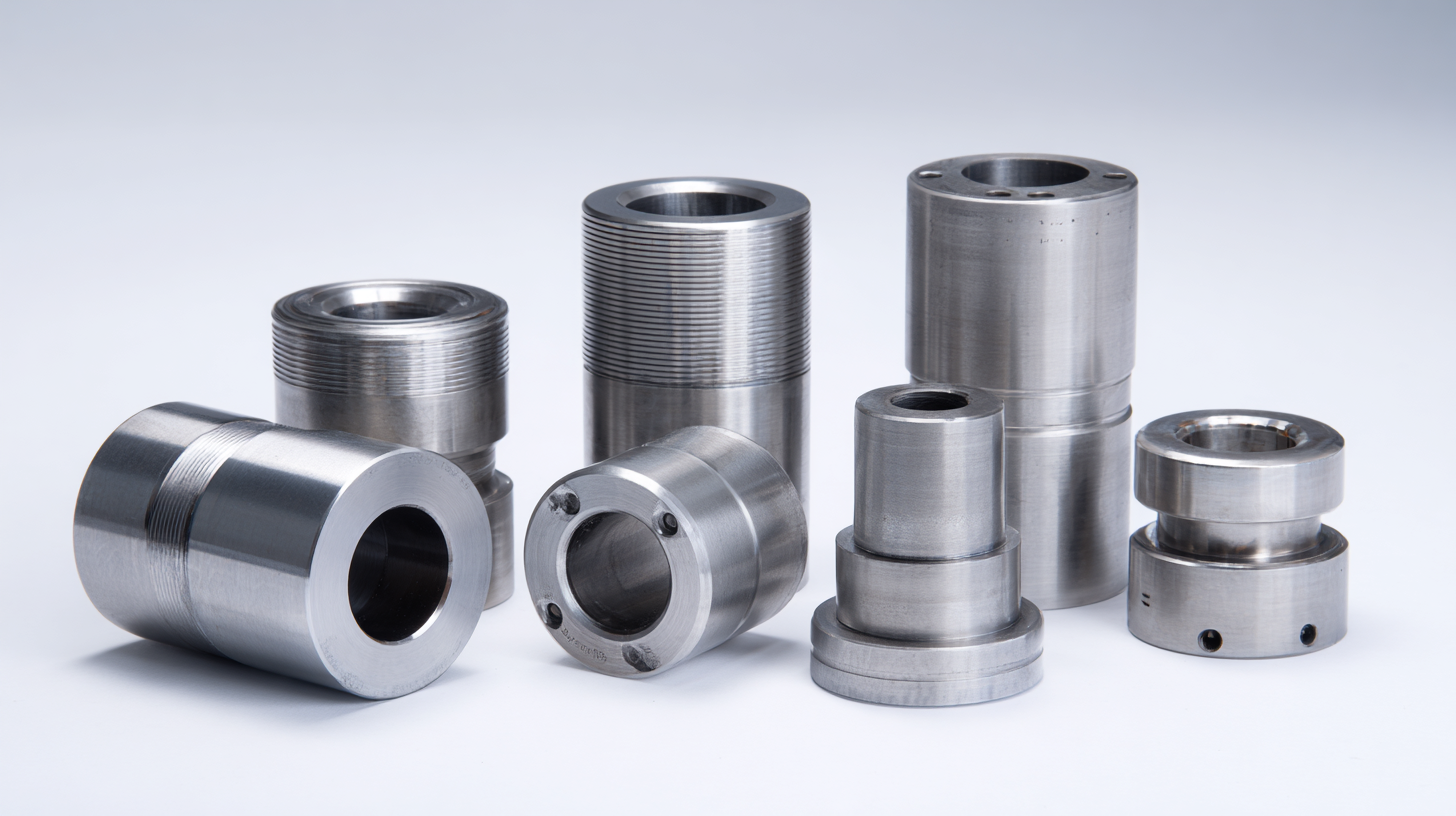
Additionally, proper alignment is essential when setting up dead length collets. A study by the American Society of Mechanical Engineers indicates that misalignment during the clamping process can increase tool wear by up to 30% and decrease the lifespan of both the tooling and the workpiece. Therefore, it’s advisable to utilize alignment tools, such as laser systems, to verify the setup. By ensuring precise alignment and fit, machinists can enhance not only the hydraulic stability of the collet but also improve overall machining efficiency and reduce downtime, thus contributing to a more productive manufacturing process.
When selecting dead length collets for precision machining, avoiding common mistakes is crucial for achieving optimal performance and accuracy. One frequent oversight is underestimating the importance of compatibility between the collet and the spindle. According to a report by the American Machinists Association, over 30% of machining errors can be traced back to improper collet and spindle alignment. Ensuring that the collet is designed to work seamlessly with your specific machinery can significantly reduce these errors and improve overall efficiency.
Another common pitfall is neglecting the material and size specifications of the collet. Many machinists assume one size or type fits all, but variations in workpiece materials can affect gripping force and precision. The Precision Engineering Journal indicates that using the wrong type of collet can decrease machining precision by up to 25%. It's imperative to choose collets that are tailored to the specific requirements of the materials being used, ensuring that they provide the necessary support without compromising on precision and tool life.

